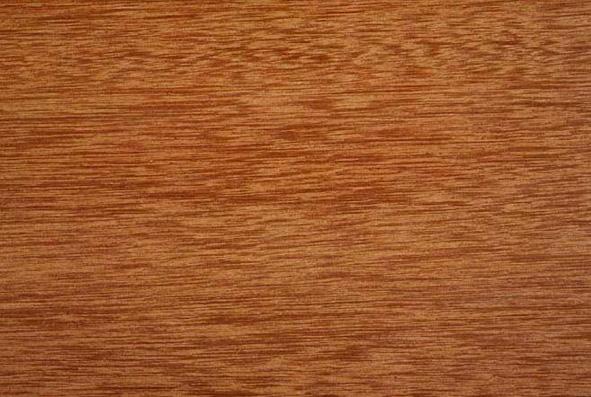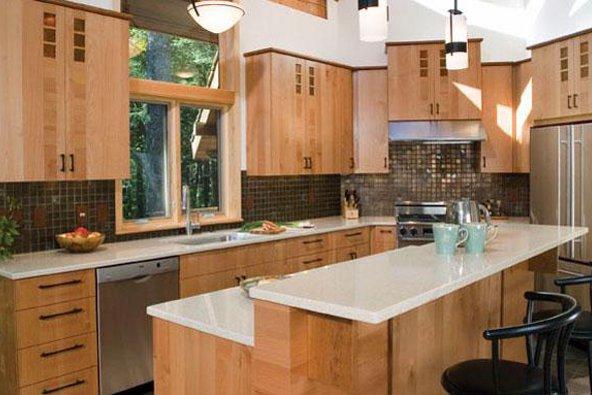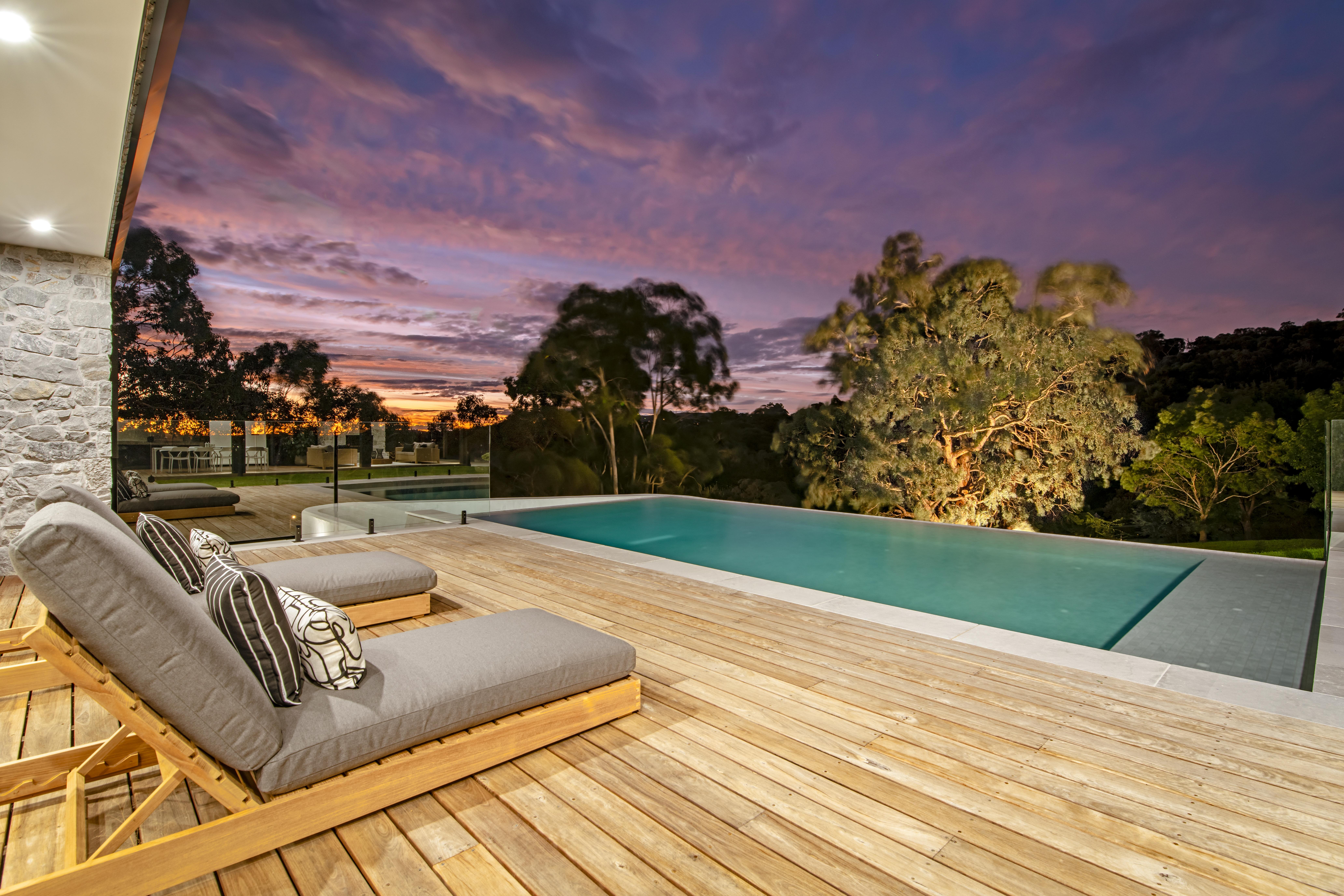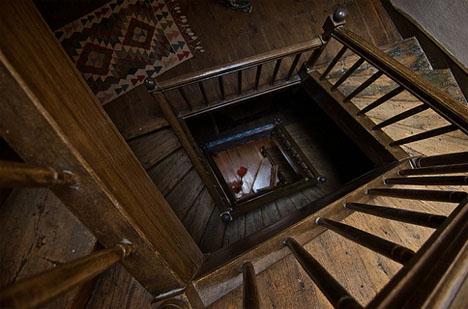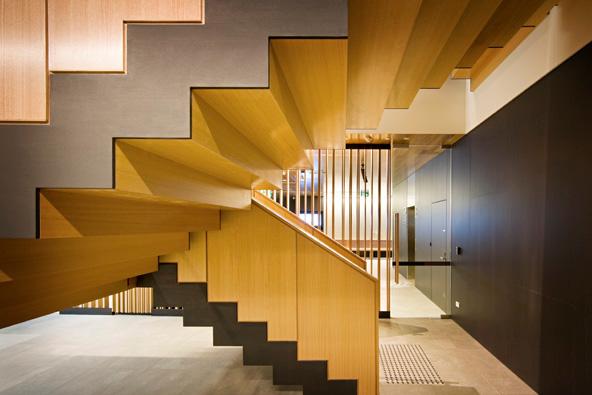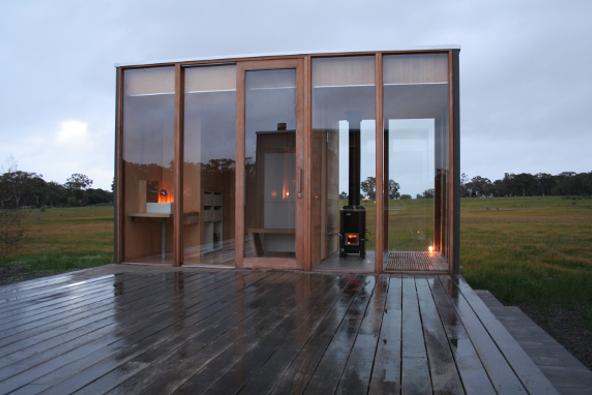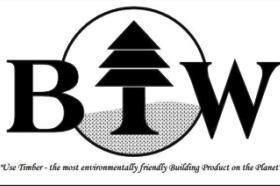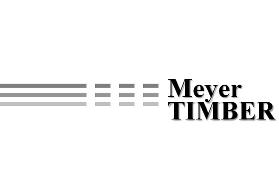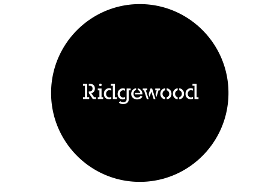Kapur is a large South East Asian hardwood with a broad range of applications including general construction and as an internal and external finishing material.
Borneo Camphorwood, Keladan, Kapoer
Dryobalanops Spp, principally D.aromatica
An imported timber with a reputation for durability, in Malaysia and Indonesia kapur is a large hardwood used for general construction and as an internal and external finishing material. It has a similarly broad range of applications in Australia.
Sourced in the tropical lowland rainforests of Malaysia and Indonesia, kapur trees can grow to 60m in height and to a diameter of between 80 and 100cm. Well-formed buttresses support their straight, cylindrical bole and the trunk is free of branches for up to 30m. The bark is grey brown or dark brown with shallow fissures. When freshly cut, the timber releases a camphor-like odour but is not moth repellent or resistant to termites.
Kapur wood exhibits a class 2 durability, making it ideal for use in general construction. It makes an attractive material for flooring and staircases. The timber is also highly prized for external joinery, in particular for door and window sills, as it is resistant to decay when fully exposed to the weather.
This timber is not recommended for in-ground use (durability in ground class 3). Often preferred for external decking, it can also be used to create sturdy outdoor furniture. Kapur wood requires no finishing and will not rot when left outdoors where rain and sun will damage other lesser quality woods. Left untreated, kapur will weather to a soft warm shade of gray similar to the weathering of teak. It can also been used decoratively to create internal fittings, plywood, joinery and lining, as it displays a striking figure.
Shrinkage
| Very Low | Low | Medium | High | Very High | |
|---|---|---|---|---|---|
|
|
|
|
|||
|
Tangential :
|
6.00% | ||||
|
Radial :
|
2.50% | ||||
|
Unit Movement Tangential:
|
0.37% | ||||
|
Unit Movement Radial:
|
0.19% |
Strength Group
| Very High | High | Reasonably High | Medium High | Medium | Reasonably Low | Low | Very Low | |
|---|---|---|---|---|---|---|---|---|
| Unseasoned: | S1 | S2 | S3 | S4 | S5 | S6 | S7 | S8 |
|
|
||||||||
| Seasoned: | SD1 | SD2 | SD3 | SD4 | SD5 | SD6 | SD7 | SD8 |
|
|
Stress Grade
|
Structural No. 1 |
Structural No. 2 |
Structural No. 3 |
Structural No. 4 |
Structural No. 5 |
|
|---|---|---|---|---|---|
| Unseasoned: | F17 | F14 | F11 | F8 | F7 |
| Seasoned: | F22 | F17 | F14 | F11 | F8 |
Density per Standard
| Seasoned: | 750kg/m3 |
|---|---|
| Unseasoned: | 1100kg/m3 |
Joint Group
| Very High | High | Reasonably High | Medium | Low | Very Low | |
|---|---|---|---|---|---|---|
| Unseasoned: | J1 | J2 | J3 | J4 | J5 | J6 |
|
|
||||||
| Seasoned: | JD1 | JD2 | JD3 | JD4 | JD5 | JD6 |
|
|
Colour
| White, yellow, pale straw to light brown | Pink to pink brown | Light to dark red | Brown, chocolate, mottled or streaky | |
|---|---|---|---|---|
|
|
|
|||
Mechanical Properties
|
Modulus of Rupture - Unseasoned:
|
82 |
|---|---|
|
Modulus of Rupture - Seasoned:
|
132 |
|
Modulus of Elasticity - Unseasoned:
|
16 |
|
Modulus of Elasticity - Seasoned:
|
21 |
|
Maximum Crushing Strength - Unseasoned:
|
46 |
|
Maximum Crushing Strength - Seasoned:
|
73 |
|
Impact - Unseasoned:
|
|
|
Impact - Seasoned:
|
|
|
Toughness - Unseasoned:
|
Low - up to 15 Nm |
|
Toughness - Seasoned:
|
Medium - 15 - 24 Nm |
|
Hardness - Unseasoned:
|
4.8 |
|
Hardness - Seasoned:
|
6 |
Durability
| Low | Moderate | Reasonably High | High | |
|---|---|---|---|---|
| (0 - 5 yrs) | (5 - 15 yrs) | (15 - 25 yrs) | (more than 25 yrs) | |
|
In-Ground:
|
|
|||
| (0 - 7 yrs) | (7 - 15 yrs) | (15 - 40 yrs) | (More than 40 yrs) | |
|
Above ground:
|
|
|||
| (0 - 20 yrs, usually < 5) | (21 - 40 yrs) | (41 - 64 yrs) | (More than 60 yrs) | |
|
Marine Borer Resistance:
|
|
|
Lyctid Borer Susceptibility:
|
Not Susceptible |
|---|---|
| Lyctid Borer Susceptibility - Other: | |
|
Termite Resistance:
|
Not Resistant |
Fire Properties
| 0 | 1 | 2 | 3 | 4 | 5 | 6 | 7 | 8 | 9 | 10 | 11 | 12 | 13 | 14 | 15 | 16 | 17 | 18 | 19 | 20 | |
|
EFH Ignitibility: |
|
| 0 | 1 | 2 | 3 | 4 | 5 | 6 | 7 | 8 | 9 | 10 | |
|
EFH Spread-of-Flame Index:
|
|
||||||||||
|
EFH Smoke-Developed Index:
|
|
| 1 - non-combustible | 2 - reasonably non-combustible | 3 - slightly combustible | 4 - combustible | |
|
Fire Properties Group Number: |
|
| Group Number - Other: | 3 if used on MDF or particleboard ≥12mm; veneer thickness 0.6-0.85mm |
|---|---|
|
Average Specific Extinction Area:
|
<250 |
|
Bushfire Resistance:
|
BAL 12.5 and 19 – All AS3959 required applications |
Kapur timber is lustrous with sapwood that is clearly distinct from heartwood. The sapwood ranges from almost white to light yellowish brown in colour and is clearly demarcated from the heartwood, which is red to reddish brown. Kapur wood exhibits variable grains from straight to spiral, to deeply interlocked grains that create a striking figure. The wood has a moderately coarse to even texture.
Kapur is suitable for general construction: posts, beams, joists, rafters, fender supports, telegraphic and power transmission posts and cross arms. It is used in door and window frames and sills, flooring, staircases and internal joinery. It can be used to make pallets (heavy and permanent types), tool handles (impact), internal plywood, laboratory benches and columns (light duty). In domestic flooring and internal fittings where a finished appearance is important, care should be taken in fixing because of its tendency to develop an unsightly black stain in contact with iron nails, screws or other fittings.
National
